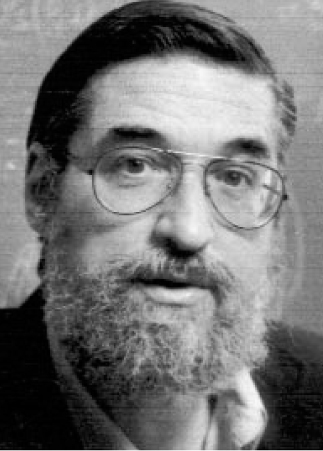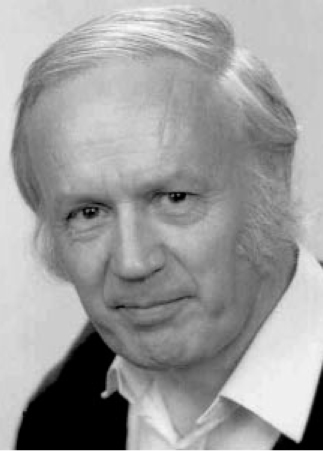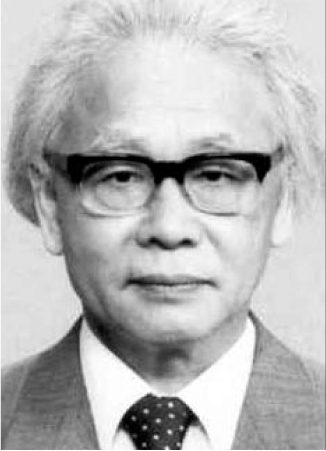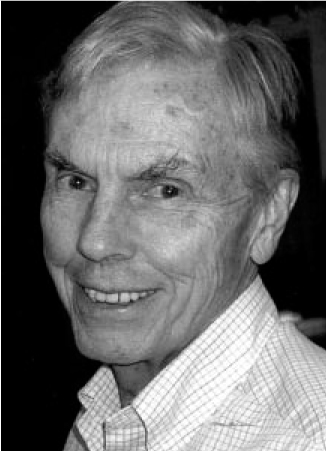Winners Named for Wolf Prizes in Physics and Mathematics
DOI: 10.1063/1.1570781
The Wolf Foundation, based in Herzliyya, Israel, announced in January that Bertrand Halperin and Anthony Leggett will share the 2002–03 Wolf Prize in Physics and that Mikio Sato and John Tate are the joint recipients of the 2002–03 Wolf Prize in Mathematics. The awards will be conferred in a ceremony at the Knesset in Jerusalem in May; each pair of winners will split a $100 000 monetary prize.
The foundation is honoring Halperin and Leggett for their “seminal contributions to the broad range of structures and processes in condensed forms of matter.” These scientists have “provided a better understanding of the macroscopic properties of materials, which rely on non-intuitive quantum effects and the interactions that determine the properties of different states of matter and transitions between them.” The two men have conducted theoretical work, according to the foundation, that inspired experimentation and that has had “a significant impact on understanding numerous physical phenomena.” Halperin is the scientific director of the Harvard Center of Imaging and Mesoscale Structures and is Hollis Professor of Mathematicks and Natural Philosophy at Harvard University. Leggett is John D. and Catherine T. MacArthur Professor and Center for Advanced Study Professor of Physics at the University of Illinois at Urbana-Champaign.
Much of Halperin’s current work involves quantum Hall systems. But his research interests also include the theory of electron states and transport in small particles in a semiconductor or a metal, superconductivity, nuclear magnetic resonance experiments in porous media, and transport in inhomogeneous systems. He is specifically being recognized for his “research on two-dimensional melting, disordered systems, and strongly interacting electrons.”
Leggett’s research interests are mainly within the fields of theoretical condensed matter physics and the foundations of quantum mechanics. He is being cited for his “theory of superfluidity of the light helium isotope at very low temperatures, for his exploration of macroscopic quantum coherence, and for his contribution to the study of dissipation processes in quantum systems.”
Mathematics prize
Sato is being honored for his “vision of algebraic analysis and mathematical physics, which initiated several fundamental branches of mathematics.” An emeritus professor of Kyoto University’s Research Institute for Mathematical Sciences, located in Japan, Sato created the theories of hyperfunctions and microfunctions and, with his students, developed holonomic quantum field theory. He also provided a unified theory of soliton equations. According to the foundation, he has “generously shared his ideas with young mathematicians and has created a flourishing school of algebraic analysis in Japan.”
The foundation is recognizing Tate for his contributions, over a quarter of a century, to the development of algebraic number theory and arithmetic algebraic geometry, in areas such as Fourier analysis on local fields and adele rings, Galois cohomology, the theory of rigid analytic varieties, p-divisible groups, and p-adic Hodge decompositions. Tate, a Sid Richardson Chair in Mathematics at the University of Texas at Austin and Perkins Professor Emeritus at Harvard University, is the son of John T. Tate, one of the initial members of the American Institute of Physics governing board and a longtime managing editor of the Physical Review.








